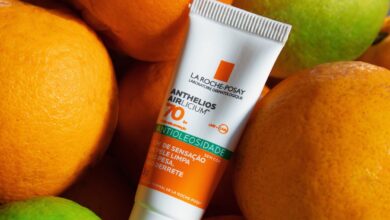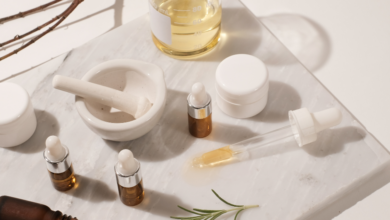
In the world of skincare, exfoliation is a fundamental step for achieving a radiant complexion. And when it comes to exfoliating, peels are your go-to solution. From enzymatic to chemical options, peels come in various forms, each with its own set of benefits and considerations.
Whether you’re a skincare enthusiast or a professional seeking to expand your knowledge, this article will explore the world of peels, providing a comprehensive overview of enzymatic and chemical exfoliation and their role in achieving smoother and healthier skin. So, get ready to uncover the secrets behind effective exfoliation and discover the peels that can revolutionize your skincare routine.

Enzymatic Exfoliation
What is Enzymatic Exfoliation?
Enzymatic exfoliation is a process of removing dead skin cells from the surface of the skin using enzymes. Enzymes are naturally occurring proteins that can break down and dissolve the bonds that hold dead skin cells together, allowing them to be gently sloughed off. This type of exfoliation is often preferred by individuals with sensitive skin or those who cannot tolerate the more abrasive physical exfoliants.
How Does Enzymatic Exfoliation Work?
Enzymatic exfoliation works by utilizing specific enzymes, such as papain from papaya or bromelain from pineapple, to break down the proteins that hold dead skin cells together. These enzymes have a unique ability to selectively dissolve the surface skin cells without affecting the healthy cells underneath. When applied to the skin, the enzymes work to digest and remove the dead skin cells, revealing a smoother and more radiant complexion.
Benefits of Enzymatic Exfoliation
Enzymatic exfoliation offers several benefits for the skin. Firstly, it provides a gentler alternative to other forms of exfoliation, making it suitable for individuals with sensitive or delicate skin. Unlike physical exfoliants, enzymatic exfoliation does not involve scrubbing or rubbing, which can potentially cause irritation or redness. Additionally, enzymatic exfoliation can improve the overall texture and tone of the skin, reduce the appearance of fine lines and wrinkles, and promote a more even complexion. It also helps to unclog pores and prevent breakouts, as it effectively removes excess oil and debris from the surface of the skin.
Popular Enzymes Used in Enzymatic Exfoliation
There are several enzymes commonly used in enzymatic exfoliation products. Papain, derived from papaya, is one of the most widely used enzymes due to its exfoliating properties. This enzyme effectively dissolves dead skin cells and helps to brighten the skin. Another popular enzyme is bromelain, which is obtained from pineapple.
Bromelain not only exfoliates the skin but also has anti-inflammatory properties, making it suitable for sensitive or acne-prone skin. Other enzymes used in enzymatic exfoliation include papaya extract, pumpkin enzyme, and pineapple extract. Each enzyme offers its own unique benefits and may be used in different forms or combinations in various skincare products.
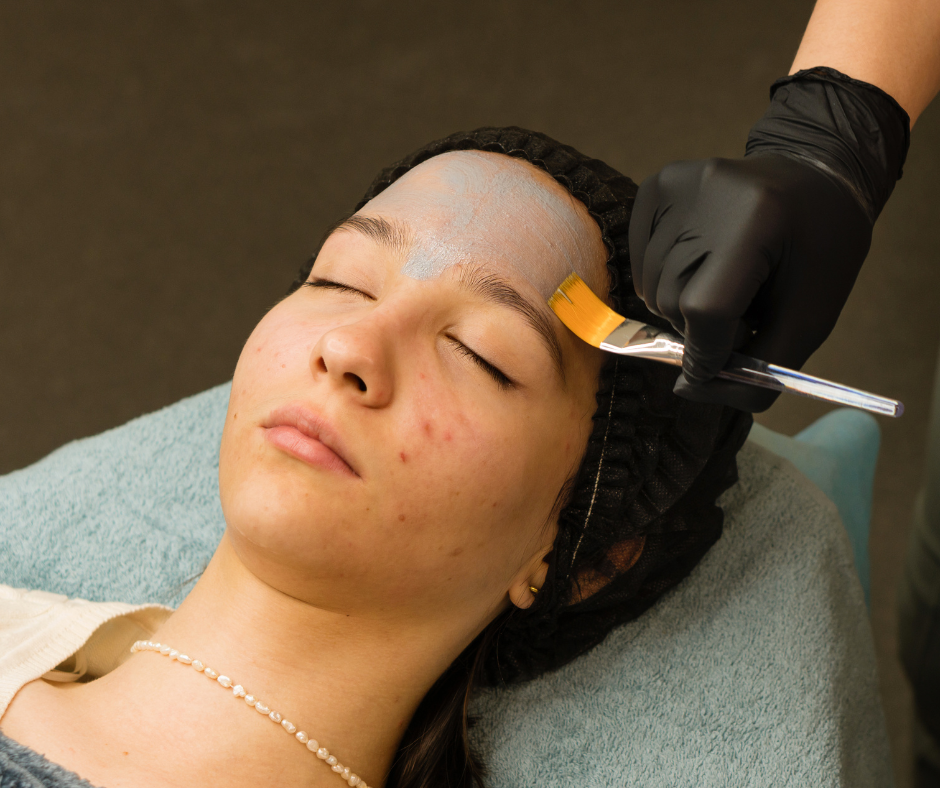
Chemical Exfoliation
What is Chemical Exfoliation?
Chemical exfoliation is the process of using certain chemicals or acids to remove dead skin cells and reveal a smoother complexion. This method involves the use of chemical agents rather than physical exfoliants, such as scrubs or brushes. Chemical exfoliants work by breaking down the bonds between skin cells, promoting the shedding of old and damaged cells, and stimulating the production of new, healthy skin cells.
Different Types of Chemical Exfoliants
There are three main types of chemical exfoliants: alpha hydroxy acids (AHAs), beta hydroxy acids (BHAs), and polyhydroxy acids (PHAs). Each type of acid has its own unique properties and benefits for the skin.
Alpha Hydroxy Acids (AHAs)
Alpha hydroxy acids, such as glycolic acid and lactic acid, are water-soluble acids derived from natural sources, such as fruits or milk. These acids work by loosening the glue-like substance that holds dead skin cells together, allowing them to slough off more easily. AHAs are particularly effective at treating sun-damaged skin, reducing the appearance of fine lines and wrinkles, and improving overall skin texture and tone.
Beta Hydroxy Acids (BHAs)
Beta hydroxy acids, such as salicylic acid, are oil-soluble acids that are able to penetrate the pores and effectively exfoliate deep within the skin. BHAs are especially beneficial for individuals with acne-prone or oily skin, as they can unclog pores, reduce blackheads and whiteheads, and help to prevent future breakouts. Salicylic acid also has anti-inflammatory properties, which can help calm and soothe irritated skin.
Polyhydroxy Acids (PHAs)
Polyhydroxy acids are a newer generation of chemical exfoliants that offer similar benefits to AHAs but are less irritating to the skin. PHAs, such as gluconolactone and lactobionic acid, have larger molecular structures than AHAs, which allows them to provide a gentler exfoliation and increased hydration. PHAs are suitable for individuals with sensitive skin or those who have had negative reactions to other chemical exfoliants.
How Does Chemical Exfoliation Work?
Chemical exfoliants work by gently dissolving the bonds that hold dead skin cells together, promoting their removal. When applied to the skin, the acids penetrate into the upper layers of the epidermis and interact with the proteins that hold the skin cells together. This interaction weakens the bonds, causing the dead skin cells to detach and slough off more easily. Chemical exfoliants also stimulate cell turnover and collagen production, resulting in a smoother, brighter, and more youthful complexion.
Benefits of Chemical Exfoliation
Chemical exfoliation offers several benefits for the skin. Firstly, it provides a more targeted and even exfoliation compared to physical exfoliation methods, as it can penetrate deeper into the skin. Chemical exfoliants can effectively address various skin concerns, such as fine lines and wrinkles, hyperpigmentation, acne, and uneven texture. Additionally, chemical exfoliation can improve the absorption of other skincare products, as the removal of dead skin cells allows for better penetration of active ingredients. Regular use of chemical exfoliants can result in a smoother, more radiant, and youthful-looking complexion.
Factors to Consider Before Using Chemical Exfoliants
Before incorporating chemical exfoliants into your skincare routine, there are several factors to consider. Firstly, it is important to choose the right type and concentration of chemical exfoliant for your specific skin type and concerns. Some chemical exfoliants may be too harsh for sensitive or delicate skin, while others may not provide enough exfoliation for oily or acne-prone skin. It is also essential to start with a lower concentration and gradually increase as your skin adjusts to avoid any potential irritation or adverse reactions. Additionally, it is crucial to use sunscreen daily when using chemical exfoliants, as they can increase the skin’s sensitivity to the sun.
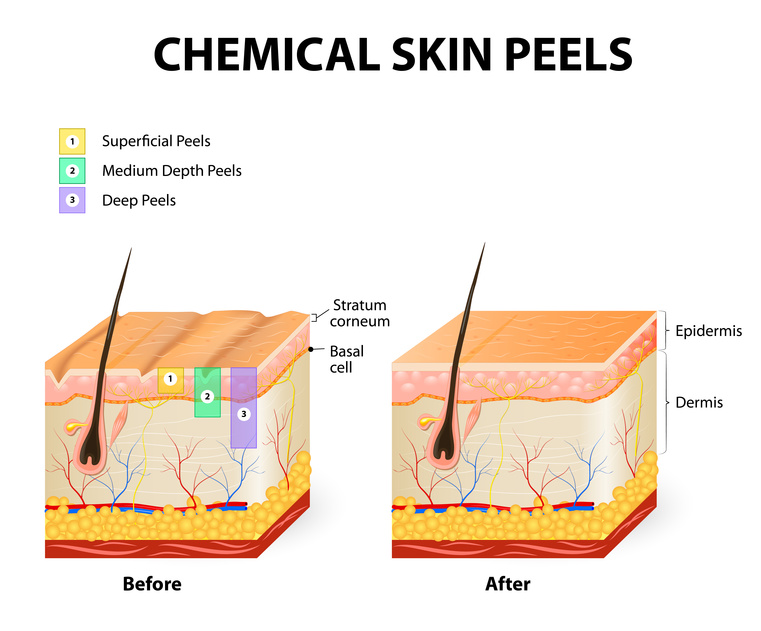
Comparing Enzymatic and Chemical Exfoliation
Differences Between Enzymatic and Chemical Exfoliation
Enzymatic and chemical exfoliation differ in several ways. Firstly, enzymatic exfoliation is a more gentle and mild exfoliation method compared to chemical exfoliation. Enzymes work by selectively dissolving dead skin cells, without affecting the healthy cells underneath, making it suitable for individuals with sensitive skin. Chemical exfoliation, on the other hand, involves the use of acids to break down the bonds between skin cells, resulting in a more intense exfoliation. It is generally more effective in addressing specific skin concerns, such as acne or hyperpigmentation. Additionally, enzymatic exfoliation is typically less irritating and has a lower risk of side effects compared to chemical exfoliation.
Which is Best for Your Skin?
The choice between enzymatic and chemical exfoliation depends on your individual skin type, concerns, and preferences. If you have sensitive or easily irritated skin, enzymatic exfoliation may be the better option for you. It provides a gentler exfoliation and can effectively improve the overall texture and tone of the skin without causing irritation. On the other hand, if you have specific skin concerns, such as acne or hyperpigmentation, or if you prefer a more intense exfoliation, chemical exfoliation may be more suitable. It is important to assess your skin’s needs and characteristics before deciding which method to incorporate into your skincare routine.
Combining Enzymatic and Chemical Exfoliation
In some cases, combining enzymatic and chemical exfoliation can yield even more beneficial results for the skin. Enzymatic exfoliation can be used as a pre-treatment to prepare the skin for chemical exfoliation. By gently removing the surface dead skin cells with enzymatic exfoliants, the chemical exfoliants can penetrate more effectively and provide a deeper exfoliation. This combination can be especially beneficial for individuals with dull or congested skin, as it can effectively remove impurities, unclog pores, and reveal a brighter complexion. However, it is important to be cautious when combining exfoliation methods and to ensure that the products used are suitable for your skin type and concerns.
Preparation and Application
Preparing the Skin for Exfoliation
Before exfoliating, it is essential to properly prepare the skin to ensure effective and safe exfoliation. Start by cleansing the skin with a gentle cleanser to remove any dirt, oil, or makeup. This will allow the exfoliant to penetrate more effectively. It is also recommended to steam the face or use a warm towel to open up the pores, as this will aid in the removal of dead skin cells. Additionally, it is important to make sure the skin is slightly damp but not wet before applying the exfoliant, as excess water can dilute the product and reduce its efficacy.
How to Apply Enzymatic Exfoliants
To apply enzymatic exfoliants, start by dispensing a small amount of the product onto clean fingertips or a cotton pad. Gently massage the exfoliant onto the skin using circular motions, focusing on areas of concern or rough texture. Be sure to avoid the delicate eye area and any active breakouts or irritations. Allow the product to sit on the skin for the specified time recommended by the manufacturer, typically around 5 to 10 minutes. Finally, rinse off the exfoliant thoroughly with lukewarm water and follow with a moisturizer to hydrate and protect the skin.
How to Apply Chemical Exfoliants
When applying chemical exfoliants, it is important to follow the instructions provided by the manufacturer, as the application process may vary depending on the specific product. Generally, chemical exfoliants should be applied to clean, dry skin. Start by dispensing a small amount of the product onto clean fingertips or a cotton pad. Gently sweep the exfoliant over the skin, avoiding the eye area and any broken or irritated skin. Allow the product to absorb into the skin for the specified time, typically around 10 to 15 minutes. Finally, rinse off the exfoliant thoroughly with water and follow with a moisturizer and sunscreen.
Safety Precautions for Exfoliation
It is important to take certain safety precautions when exfoliating the skin to ensure the best results and minimize the risk of potential side effects. Firstly, it is crucial to choose exfoliants that are suitable for your specific skin type and concerns. If you have sensitive or delicate skin, opt for gentler exfoliants, such as enzymatic exfoliants or PHA-based chemical exfoliants. It is also important to always follow the instructions provided by the manufacturer and not exceed the recommended usage frequency or duration. Over-exfoliation can lead to irritation, redness, and dryness. Lastly, it is essential to use sunscreen daily, as exfoliation can increase the skin’s sensitivity to the sun and the risk of sun damage.
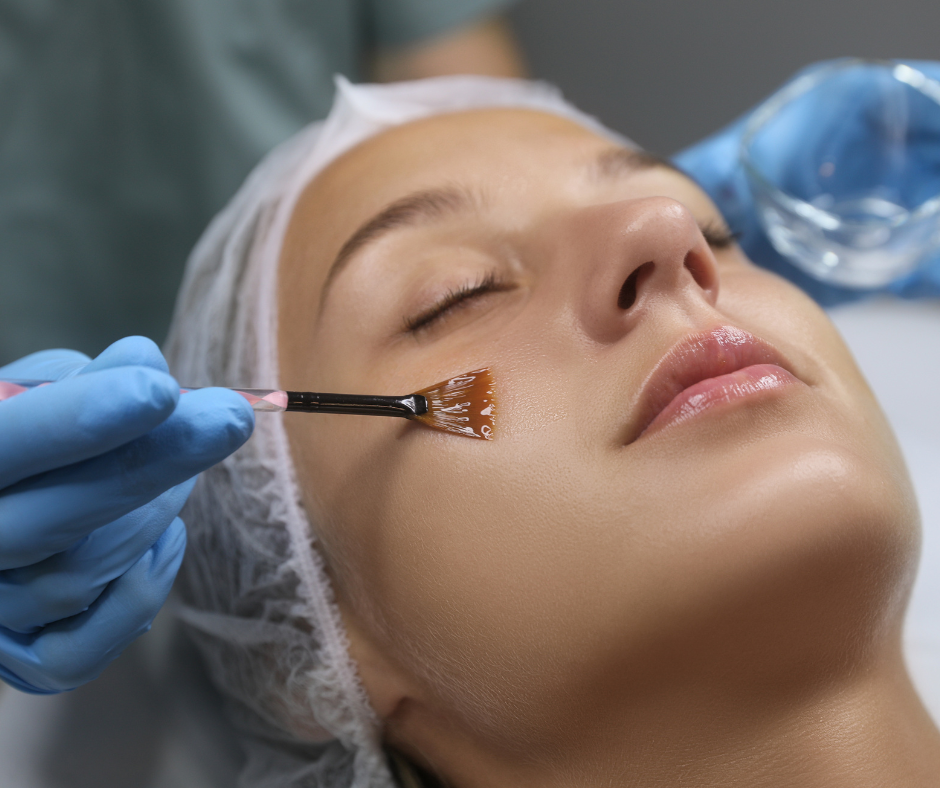
Aftercare Tips
Moisturizing and Hydrating the Skin
After exfoliating, it is crucial to moisturize and hydrate the skin to restore the moisture barrier and prevent dryness or irritation. Choose a moisturizer that is suitable for your specific skin type and concerns. Look for formulas that are lightweight, non-comedogenic, and contain ingredients like hyaluronic acid or ceramides to provide deep hydration. Apply the moisturizer to clean, dry skin and gently massage it in using upward motions. This will help lock in moisture and keep the skin hydrated and supple.
Using Sunscreen
Using sunscreen is an essential step in any skincare routine, especially after exfoliating. Exfoliation can increase the skin’s sensitivity to the sun, making it more prone to sunburn and damage. Therefore, it is crucial to apply a broad-spectrum sunscreen with an SPF of 30 or higher. Choose a sunscreen that is suitable for your skin type and preferences, whether it be a physical or chemical sunscreen. Apply it generously to all exposed areas of the skin and reapply every two hours, or as directed by the manufacturer, especially when spending prolonged periods outdoors.
Avoiding Harsh Products
After exfoliation, it is important to avoid using harsh or abrasive products that can further irritate or damage the skin. This includes products containing alcohol, fragrances, or other potential irritants. Opt for gentle and soothing skincare products that are formulated for sensitive or post-exfoliation skin. Look for ingredients like aloe vera, chamomile, or oat extract, which can help calm and soothe the skin. It is also advisable to avoid any exfoliation or resurfacing treatments immediately after exfoliating, as this can increase the risk of irritation or adverse reactions.
Regular Exfoliation Frequency
The frequency of exfoliation depends on your individual skin type, concerns, and the specific exfoliation method used. Generally, enzymatic exfoliation can be done 1-2 times a week, while chemical exfoliation may vary from every other day to once a week, depending on the concentration and strength of the product. It is crucial to pay attention to your skin’s response and adjust the frequency accordingly. Over-exfoliation can disrupt the skin’s natural barrier and lead to dryness, redness, or inflammation. It is important to find the right balance and listen to your skin’s needs.
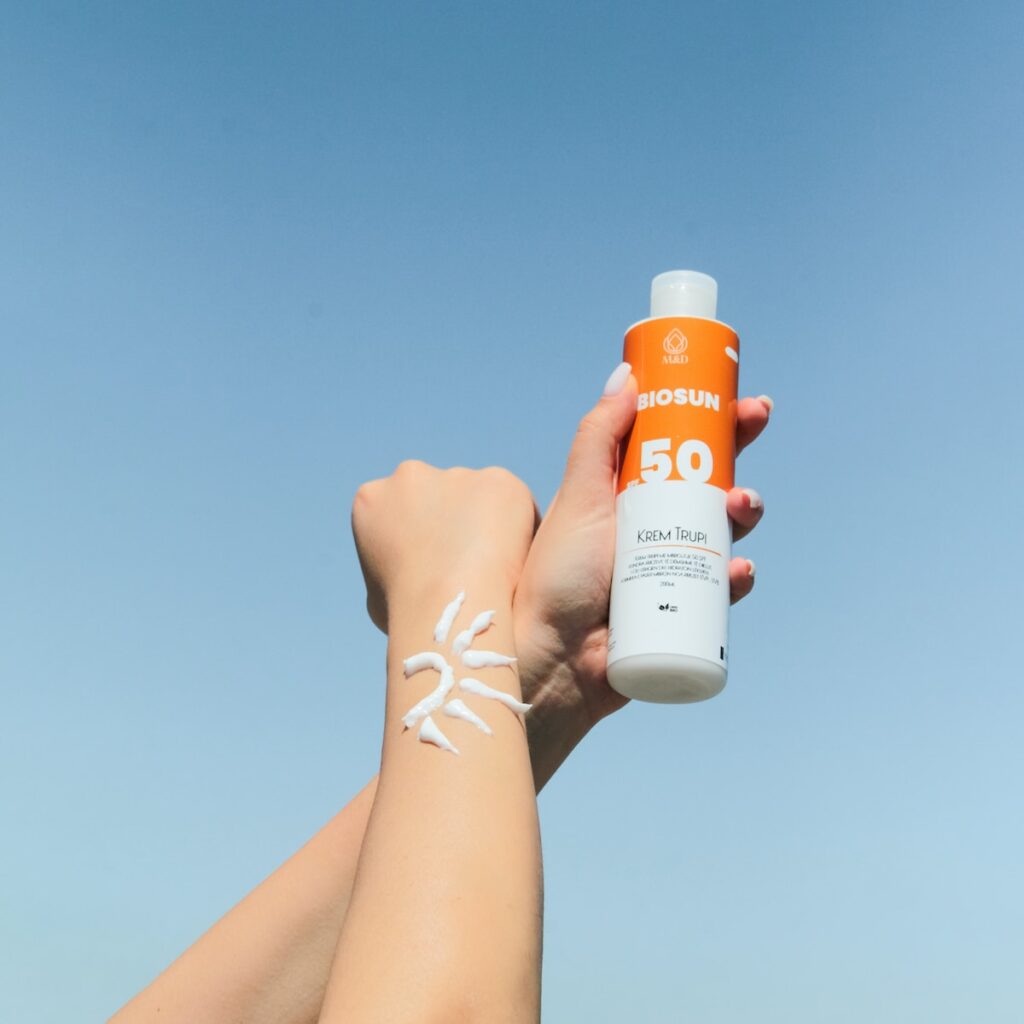
Precautions and Potential Side Effects
Common Side Effects of Exfoliation
Exfoliation, whether enzymatic or chemical, can sometimes cause side effects, especially if not done properly or with excessive frequency. Common side effects may include mild redness, irritation, dryness, or flakiness. These side effects are usually temporary and should resolve within a few days as the skin adjusts. However, if the side effects persist or worsen, it is important to discontinue exfoliation and consult a dermatologist for further guidance.
How to Minimize Side Effects
To minimize the risk of side effects, it is important to choose exfoliants that are suitable for your specific skin type and concerns. Patch testing, where a small amount of the product is applied to a small area of skin, can help determine if any adverse reactions will occur. Additionally, it is crucial to follow the instructions provided by the manufacturer and not exceed the recommended usage frequency or duration. It is also important to moisturize and protect the skin with sunscreen after exfoliation, to minimize dryness and sun sensitivity. Finally, listen to your skin and adjust the frequency and intensity of exfoliation as needed.
Who Should Avoid Exfoliation
While exfoliation can provide numerous benefits for the skin, there are certain individuals who should avoid or be cautious when exfoliating. Those with active skin conditions, such as eczema, psoriasis, or rosacea, may have compromised skin barriers and may be more prone to irritation from exfoliation. It is advisable to consult with a dermatologist before incorporating exfoliation into their skincare routine. Additionally, individuals taking certain medications, such as retinoids or oral acne medications, may already experience increased skin sensitivity and should approach exfoliation with caution. Pregnant or breastfeeding individuals should also consult with their healthcare provider before exfoliating, as some ingredients may not be safe for use during these periods.
Patch Testing for Sensitivity
Patch testing is a recommended step before incorporating any new exfoliant into your skincare routine. It involves applying a small amount of the product to a small, discreet area of skin, such as the inner forearm. Leave the product on for the recommended amount of time and observe the area for any adverse reactions, such as redness, itching, or irritation. If any negative reactions occur, it is advisable to avoid using the product on the face and seek alternative options. Patch testing can help identify potential allergies or sensitivities and prevent any further adverse reactions on more sensitive areas of the skin.
Professional vs. At-Home Exfoliation
Benefits of Professional Exfoliation
Professional exfoliation, usually performed by a licensed skincare professional, offers several benefits. Firstly, professional treatments often use stronger and more concentrated exfoliants, such as peels or microdermabrasion, that may not be available or safe for at-home use. These treatments can deliver more intense exfoliation and effectively target specific skin concerns, such as acne scars, hyperpigmentation, or deep wrinkles. Professional exfoliation also allows for a more controlled and precise application, ensuring that the exfoliant is evenly distributed and appropriate for the individual’s skin type and concerns.
Benefits of At-Home Exfoliation
At-home exfoliation provides convenience and flexibility for individuals who prefer to incorporate exfoliation into their regular skincare routine. It allows for regular maintenance and upkeep of the skin between professional treatments. At-home exfoliants, such as enzymatic or gentle chemical exfoliants, can effectively remove dead skin cells and improve overall skin texture and tone. They are often more budget-friendly compared to professional treatments, allowing individuals to achieve their exfoliation goals without the need for frequent spa visits. At-home exfoliation also offers the opportunity to personalize and adjust the exfoliation frequency and intensity according to individual skin needs.
Choosing the Right Option for You
Choosing between professional and at-home exfoliation depends on factors such as budget, time availability, and specific skin concerns. If you have specific skin concerns or require more intense exfoliation, professional treatments may be more suitable. However, if you prefer a cost-effective and convenient option or have sensitive skin that may benefit from gentler exfoliation, at-home exfoliation could be the better choice for you. It is important to assess your individual needs, preferences, and budget when deciding which option to pursue. Consulting with a skincare professional can also help determine the best course of action for your specific skin concerns.
Conclusion
Exfoliation plays a vital role in maintaining healthy and radiant skin. Both enzymatic and chemical exfoliation methods offer effective ways to remove dead skin cells and improve overall skin texture and appearance. Enzymatic exfoliation offers a gentle and mild approach, making it suitable for individuals with sensitive or delicate skin. It can provide a smoother and more even complexion while minimizing the risk of irritation.
On the other hand, chemical exfoliation offers a more targeted and intense exfoliation, making it ideal for individuals with specific skin concerns or those looking for a deeper exfoliation. It is crucial to choose the right exfoliation method for your skin type and concerns, as well as to follow proper aftercare and safety precautions to achieve optimal results. Whether choosing professional or at-home exfoliation, incorporating regular exfoliation into your skincare routine can help maintain a healthy and youthful complexion.


